1.   What is the document principle?
The document principle requires that one FI document is created for every business transaction. Each document receives a unique number. It is a 1:1 relationship.
2.   Discuss the various sections of a SAP document and give an example of the data stored in each section.
Document header – posting date, document number, document type, currency, document date, document header text.
Line items – Minimum of two line items and at most 999, consisting of posting key, account number, amount, and other account assignments.
3.   What is a document type? Discuss its various uses in the system.
A document type is a 2-character alphanumeric key that is used to identify documents. It distinguishes between business transactions (e.g., SA – G/L postings, DR – customer invoice), controls the account types posted to (D – customer, K – Vendor, S – G/L account, A – Assets, M – Materials), assigns document numbers and is used as a sort criteria.
4.   Discuss all aspects of the posting key. Explain what it is, how it is used in the system, and any special properties that can be defined for it.
The posting key:
- Defines the type of account (e.g., Customer, Vendor, G/L account, Material, Asset)
- Determines whether the entry is a debit or credit
- Indicates special properties (e.g. Reversal Posting Key, Special G/L transaction, etc.)
- Data entry screen for the line item via the field status group
5.   Explain the relationship between posting keys and accounts.
Each posting key is linked to a specific account type and determines if the entry to that account will be a debit or credit entry.
6.   Explain the various ways one can control the data that appears on the line item screen when entering a document in the system.
The data that appears on a line item screen is controlled by using the field status in the posting key, the field status group defined in the G/L account master, and the field status group of the reconciliation account of a customer or vendor master record (if applicable). Line items may also be controlled by a Screen Variant, which works independently of the field status variant.
7.   Define the term field status and list the various places it is used throughout the system.
Field status determines what the user will see on certain screens; the status of a field is suppressed, mandatory, optional, or display (for master records only). Field status is used in account groups for controlling the fields used when defining master records. It is also used in field status groups specified in G/L master records and in posting keys to define the field layout of the document-posting screen.
8.   What are the two main components that make up a document?
The document header and the document line items.
9.   Explain how documents get numbered in the system.
Documents are numbered based on the number range defined in the document type. Number ranges are defined as internal or external and linked to a number range code in a table. Document numbers must be unique.
10.   TRUE OR FALSE
(True)Â Â Â You can only post a document if the debits equal the credits, except for noted items.
(False)Â Â Â It is not possible to drill-down on a document to see the line items.
(True)Â Â Â It is possible to restrict user access to a document type by authorizations.
(True)Â Â Â Document number ranges are defined by company code and are established for all documents in the system.
(True) Â Â Â Document numbers per company code uniquely identify documents in the system.
(False) Â Â Â The number ranges can only be assigned internally by the system.
11.   Define what a validation is.
A Boolean logic statement (true/false statements) that directs the system to check the combination of specified criteria for validity before posting of the document is possible.
12.   Define what a substitution is.
A Boolean logic statement (if/then statements) that directs the system to replace values of assigned field according to user-defined specifications.
13.   How are validations and substitutions configured?
For each validation and/or substitution, you must define the application area and call-up point for the validation/substitution (e.g., FI document header, line item) during document entry.
14.   What is a user exit and how is it used?
A user exit is a break in the ABAP program that serves to check data. It is used for complicated validations, substitutions, and rules.
15.   What is the trace function?
It allows a person to trace a validation or substitution to determine why it is not delivering the expected message when the validation or substitution is not met.



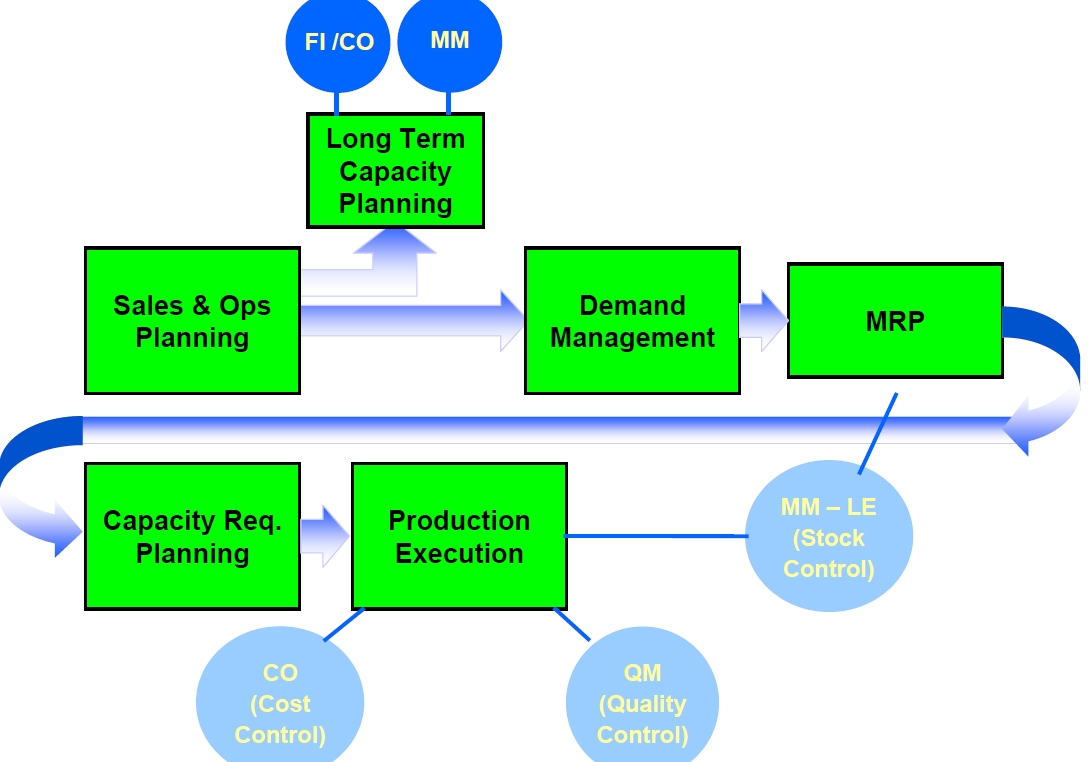

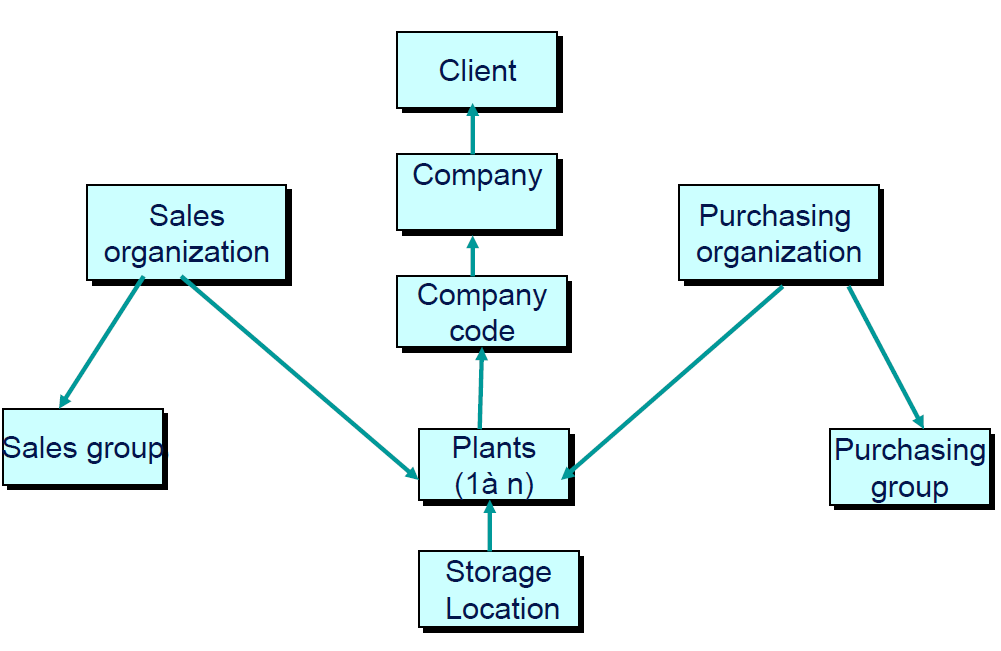
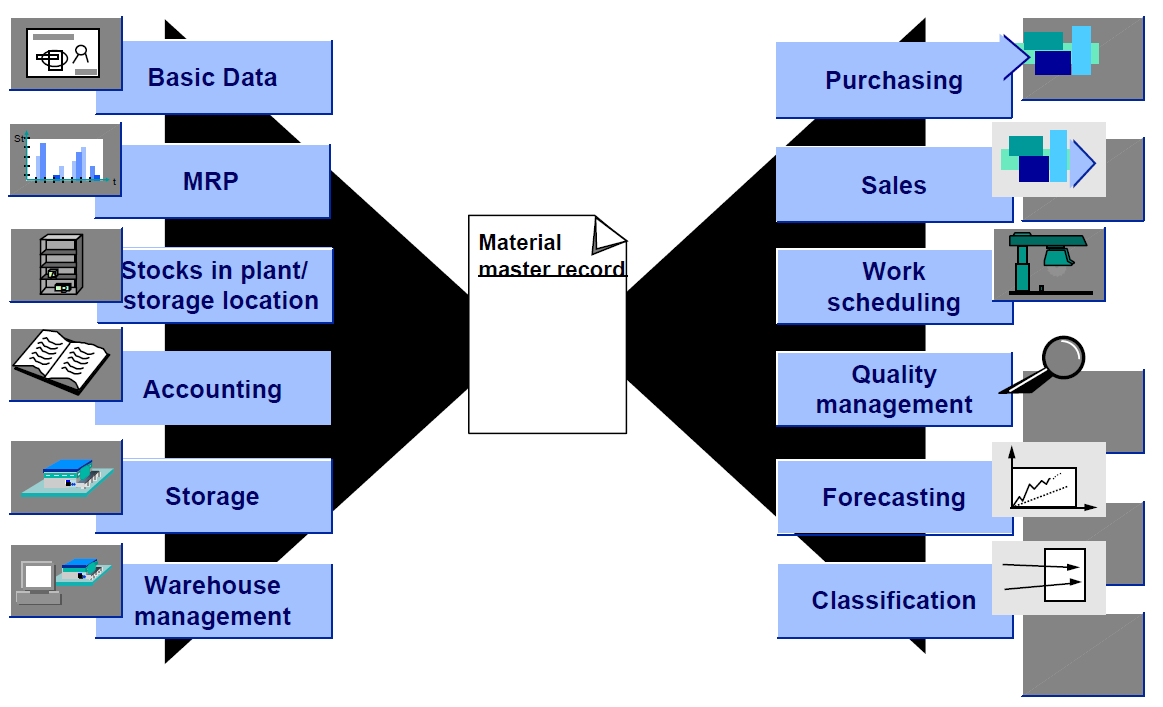
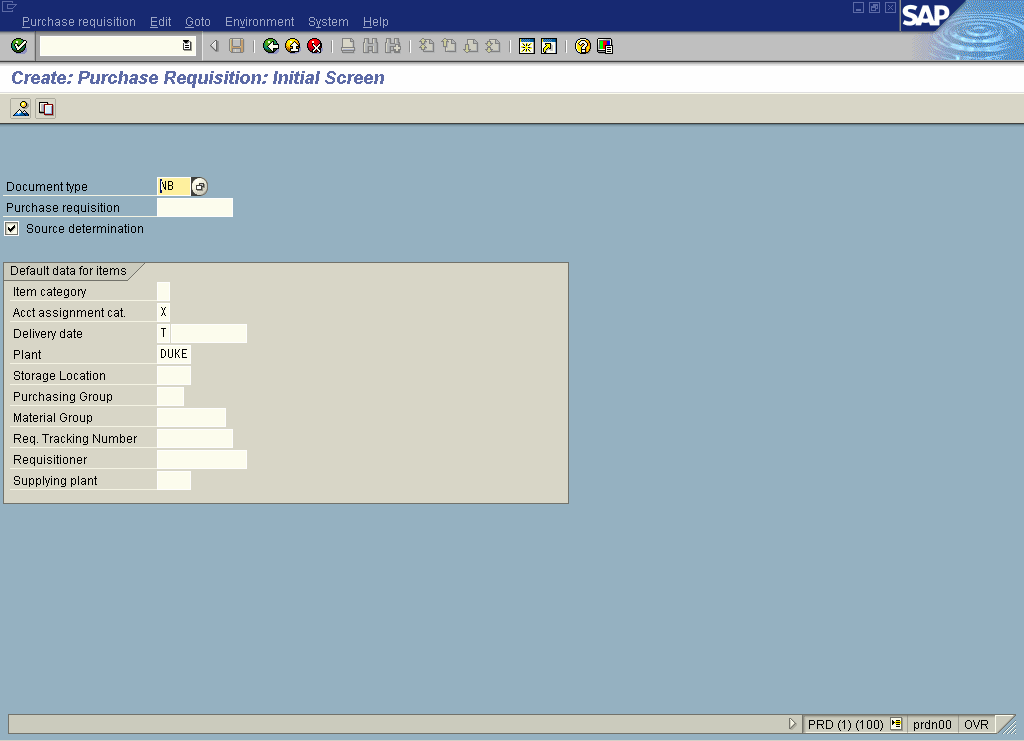
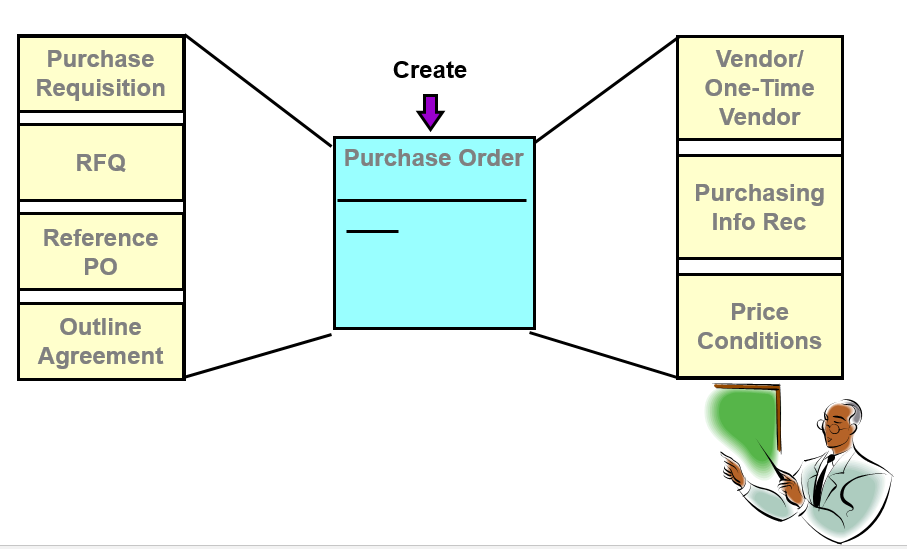
Leave a Reply